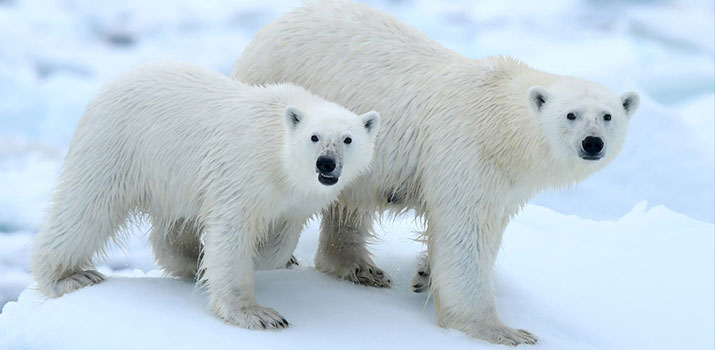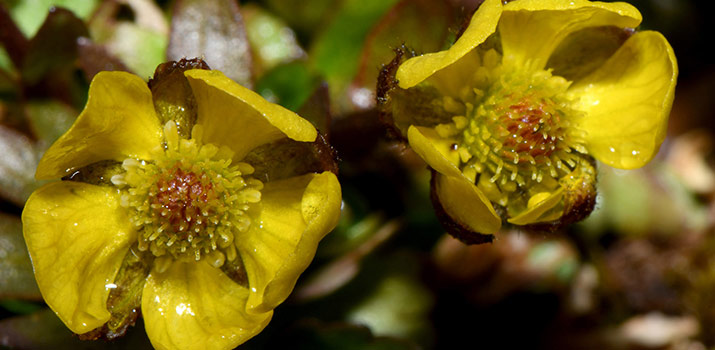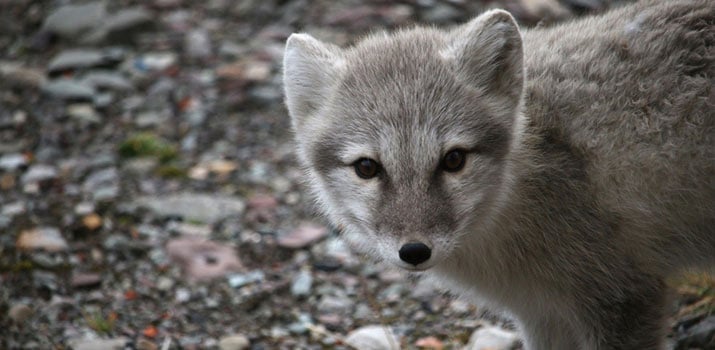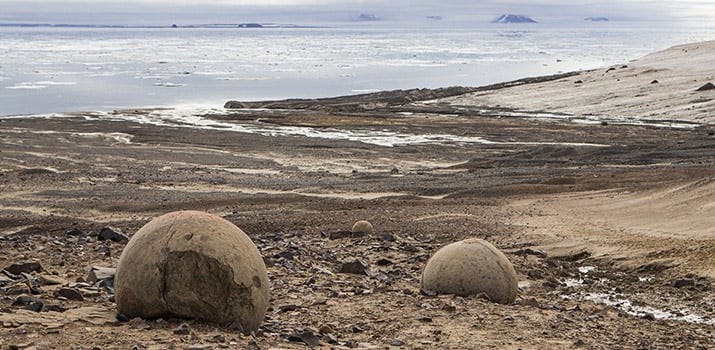7 Common Misconceptions About The Arctic

What thoughts come to mind when you think of the Arctic?
Cold. Bare. Gray.
While the northernmost parts of our planet are cold, many of the other common beliefs about the region are often quite far from the facts.
Misconception 1. No One Lives in the Arctic
It's true that many Arctic areas have very few or no inhabitants, but still about four million people call the Arctic home. While the Arctic is about three-times the size of Europe, Europe's population is 185-times greater than that of the Arctic - with 741 million inhabitants. According to the , archaeologists and anthropologists believe that people have lived in the Arctic for as long as 20,000 years.
Misconception 2. Nothing Grows There
The Arctic is actually home to a diverse population of plants. According to from Ohio State University, more than "1,700 species of plants live on the Arctic tundra, including flowering plants, dwarf shrubs, herbs, grasses, mosses, and lichens." From Greenland to Svalbard, you can find fields of blooming purple and yellow flowers, valleys of soft green grasses, and many other low-lying plants.

Misconception 3. There's Only One North Pole
There are actually four North Poles! 1. - lies in the central part of the Arctic Ocean and is the point of intercrossing of all meridians and time zones of our planet. 2. The North Magnetic Pole, which is the conventional point where the Earth’s magnetic field is oriented to the planet’s surface at a right angle. The position of this magnetic Pole is not set and it is not easy to localize it, because it constantly moves on the elliptic trajectory to the North and North-West. 3. The Geomagnetic North Pole, the pole of the Earth's geomagnetic field that surrounds the Earth and extends into space as the magnetosphere. This is the center of the region in which the Northern Lights can be seen. 4. The North Pole of Inaccessibility – is the most remote point of the Arctic. It is situated as far from the mainland as possible: it is situated in the 170th meridian of the eastern longitude, in almost 600 km from the geographical North Pole. Because this place is situated that far it is considered to be mostly inaccessible.
Misconception 4. Wildlife is Limited
Polar bears are not the only animals roaming the Arctic. Reindeer, Arctic fox, seals, walruses, whales, and numerous seabirds can be found in Arctic regions. In the Franz Josef Land nature preserve, which is part of the Russian Arctic National Park, polar bears, walrus, endangered bowhead whales, and other Arctic wildlife can be spotted anywhere, anytime in and around the archipelago.

Misconception 5. There Are No Seasons
The Arctic is in the Northern Hemisphere and experiences spring and summer conditions from late May through September. Temperatures can range from about 20°F (4°C) to as high as 70°F in the summer months. It is important to note that the Arctic acts as Earth's cooling system, and higher temperatures in the Arctic can lead to global climate shifts.
Misconception 6. The Arctic is the Coldest Place on Earth
Yes, it is very cold in the Arctic - temperatures as low as -70° C or -94° F have been recorded in Arctic regions - but the coldest temperature every recorded on Earth was in Antarctica, not the Arctic. In 2010, temperatures in east Antarctica dipped to a frigid -94.7°C or -135.8°F.
Misconception 7. The Scenery is Repetitive
Ice and snow. Ice and snow. Sounds a bit boring, right? Fortunately, that's not the case at all when it comes to views scenery. Icebergs take dramatic shapes on the multi-colored horizon, Northern Lights shine green and blue, and cold seas take on the most spectacular shades of blue. Traveling to the Arctic on a smaller vessel like Poseidon's Sea Spirit also allows up-close views of narrow fjords and protected bays, many of which have beautiful green and stone-colored coasts. On , mysterious, you can find perfectly-round stone balls ranging from one meter to several meters in diameter.
